These Drought-Tolerant Grasses Can Help You Have a More Sustainable Lawn
Published May 16 2023, 3:03 p.m. ET

The year 2022 was one of the driest and most drought-ridden years in history, and climate change is only making it worse. Maintaining a lawn is especially difficult when watering is limited and rain is scarce.
However, keeping a growing yard in these conditions is not impossible, especially if you plant drought-tolerant grass.
Here are some varieties of drought-tolerant grass to consider.
Zoysia grass
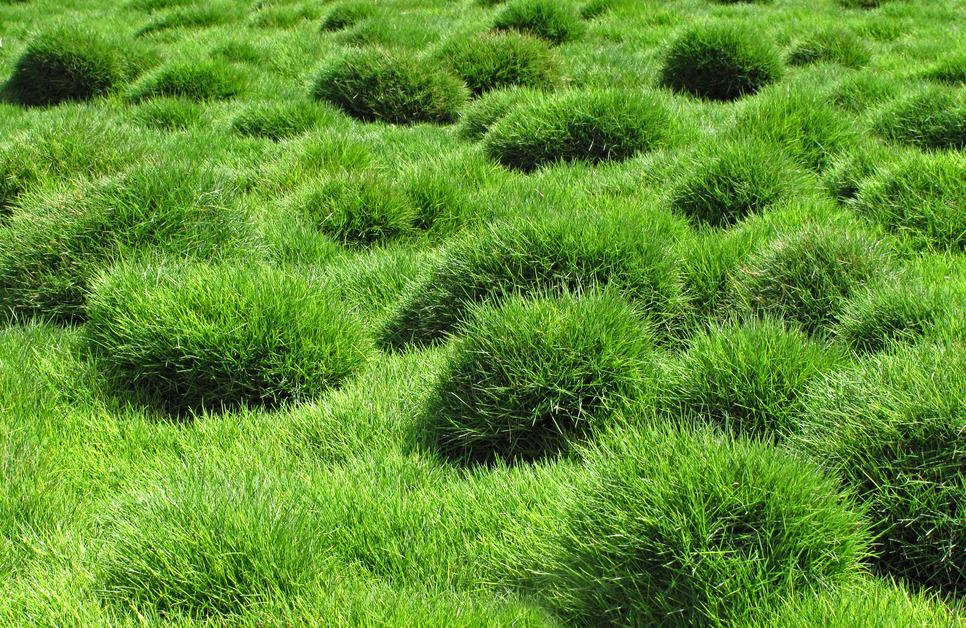
Zoysia grass is a perfect pick for the warmer months and requires very little maintenance.
It is a shorter, drought-tolerant grass that is disease- and weed-resistant. It has stems above and below ground, which creates a compact barrier that makes it extra durable and lush looking, per the University of Maryland.
Growing guide: Prefers full sun exposure, high humidity, and soil that is slightly acidic (6-6.5 pH), per Treehugger.
St. Augustine grass
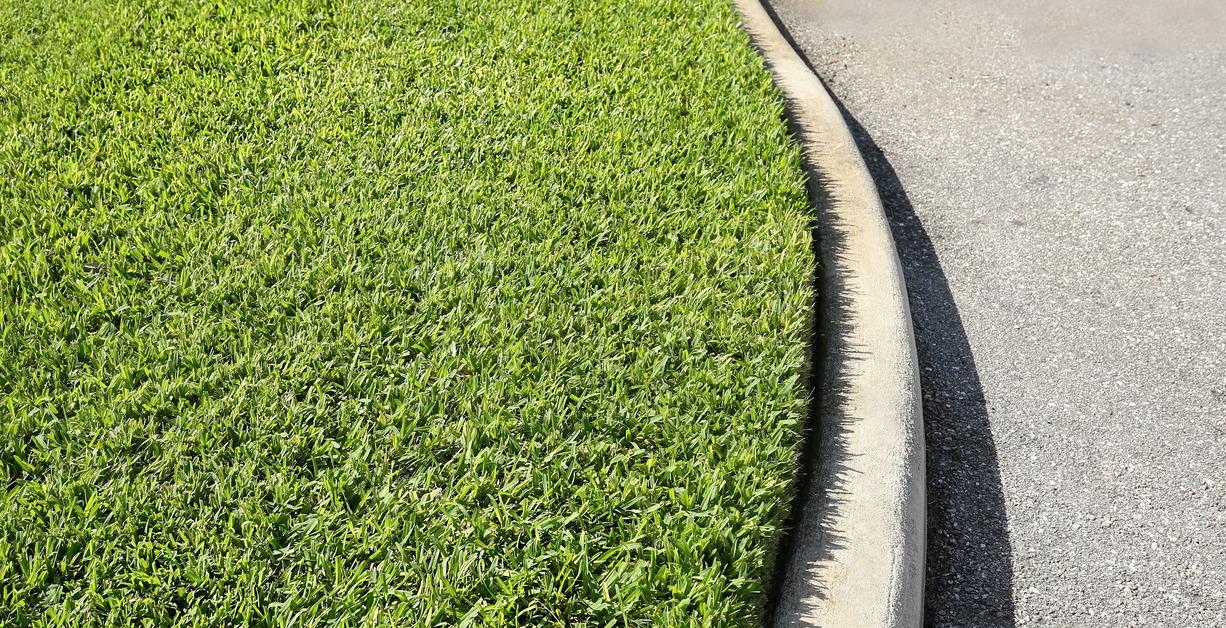
St. Augustine grass is common in subtropical climates, and is tolerant of droughts as well as salt spray. Like Zoysia grass, St. Augustine grass turns brown in the winter months before returning to life in the spring. Its coarse texture and ability to grow in the sun as well as the shade make it a durable and low-maintenance choice, per Angi.
Growing guide: Prefers partial sunlight, and acidic or alkaline soils, per Treehugger.
Centipede grass
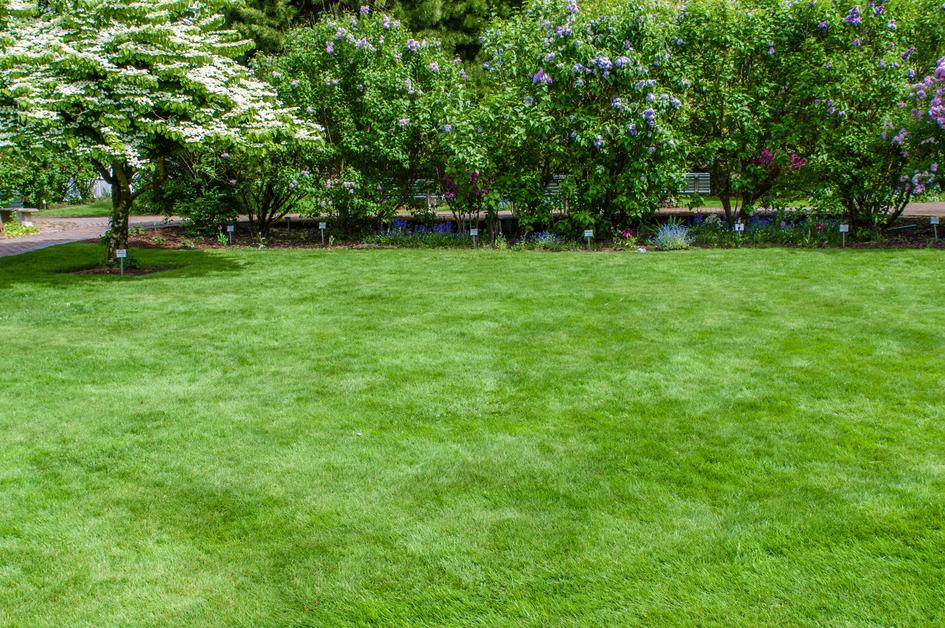
Centipede grass is a popular choice for lawns in the Southern U.S. It requires little maintenance, and is even often referred to as “the lazy man’s grass.” However, it’s not as durable as other grass varieties and is not recommended for yards with lots of foot traffic.
Growing guide: Prefers full sunlight, sandy, silt, and loamy acidic soils, per The Spruce.
Blue Grama grass

Blue Grama grass is a highly drought-tolerant prairie grass, popular in the Great Plains and Southwestern U.S. It is turfgrass, growing 4 inches at most, and survives on less than 10 inches of rain a year, making it perfect for drier areas.
Buffalo grass
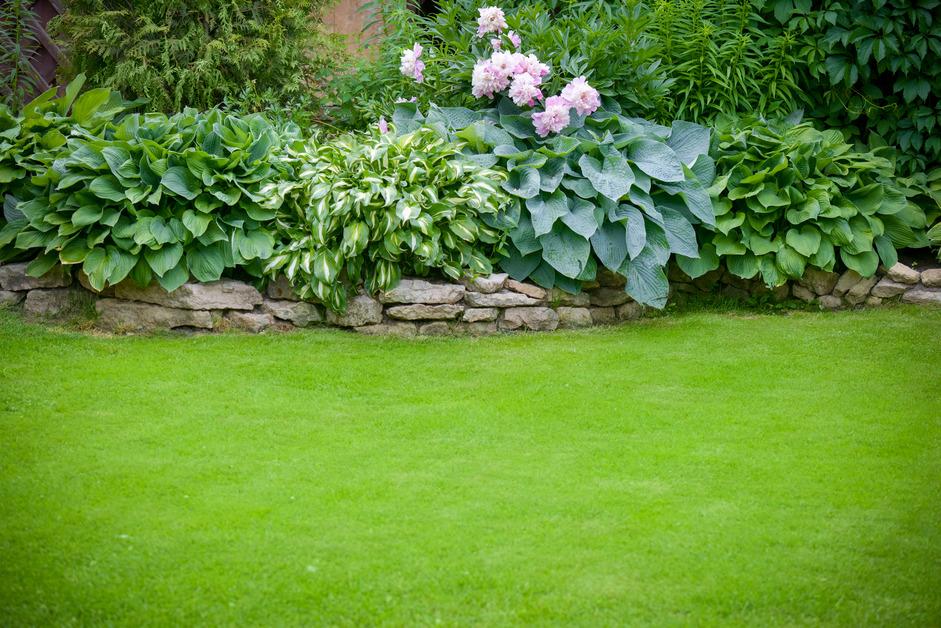
Buffalo grass is a soft drought-tolerant grass variety that can grow up to 12 inches. It roots best in clay loam, but can survive in most dry landscapes. Buffalo grass is low maintenance, able to live on just an inch of water per month, per the University of Texas at Austin.
Growing guide: Prefers full sunlight and clay loam, per Treehugger.
Bahia grass
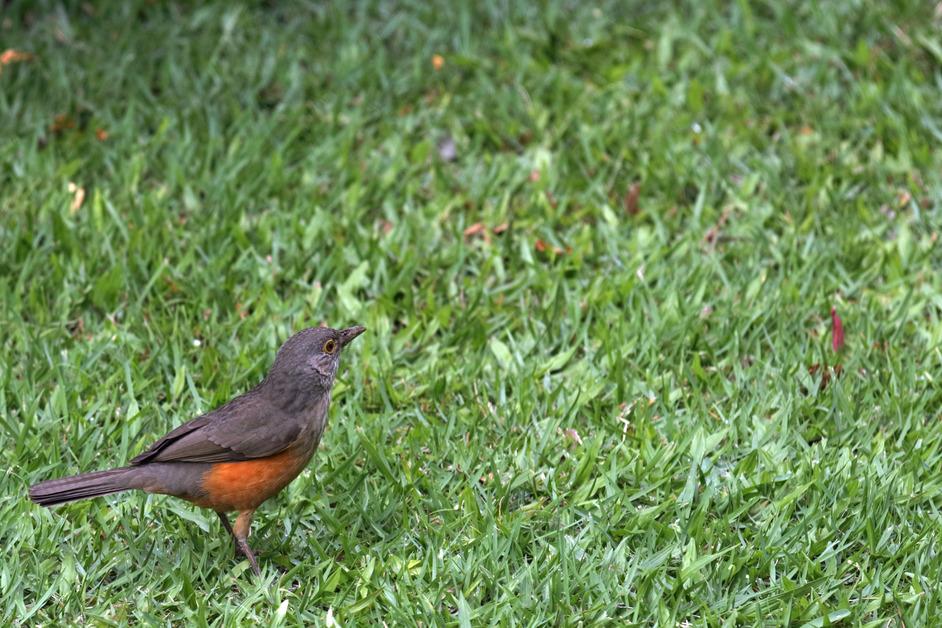
Bahia grass is a great option for growing a lawn in sandy, acidic soil conditions. Native to South America, it is very heat and drought-tolerant and thrives in high humidity. It has strong blades with a coarse texture that can grow anywhere from 8 to 30 inches tall, making it great for preventing erosion.
Growing guide: Prefers full sunlight, and acidic, and sandy soil, per The Spruce.
Why drought-tolerant grass is important:
Using water for non-essential needs during a drought is unethical, and according to the U.S. Environmental Protection Agency (EPA), the average American family uses 320 gallons of water every day — and 30 percent of that goes to land irrigation. In drier climates, this percentage can be even higher.
Drought-tolerant grasses require very little water to survive, and could potentially help save water throughout the year.